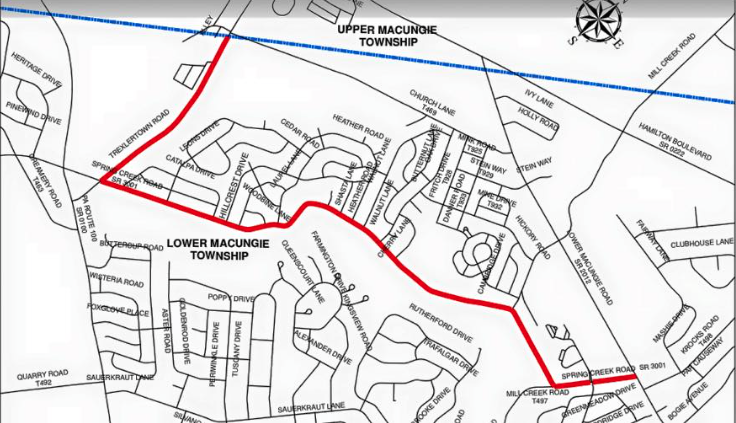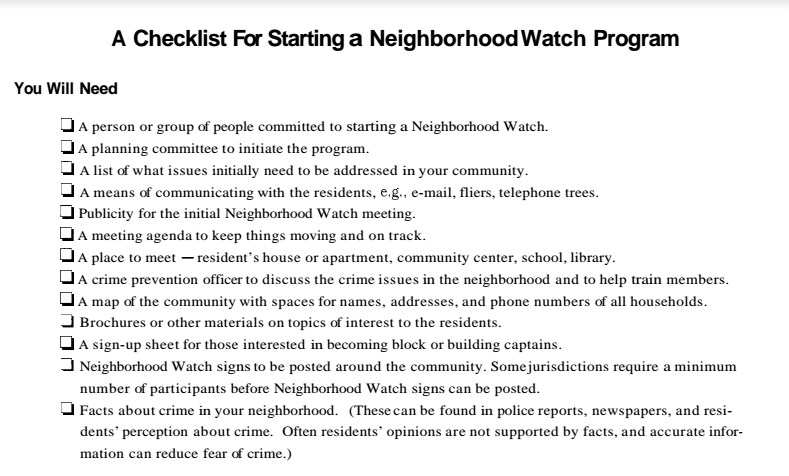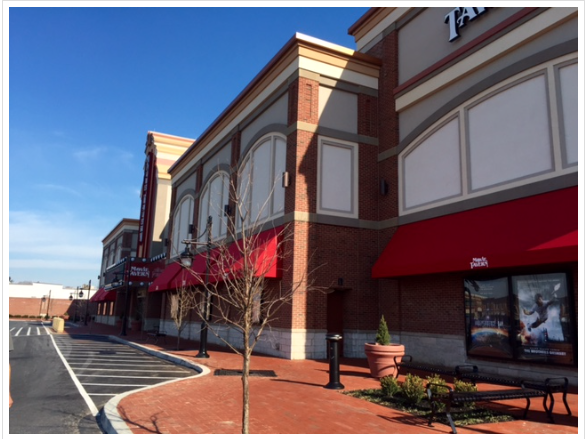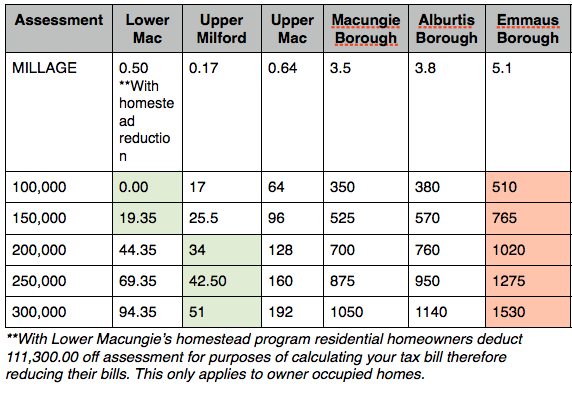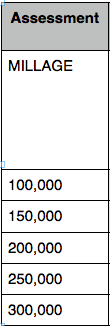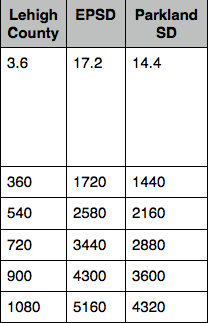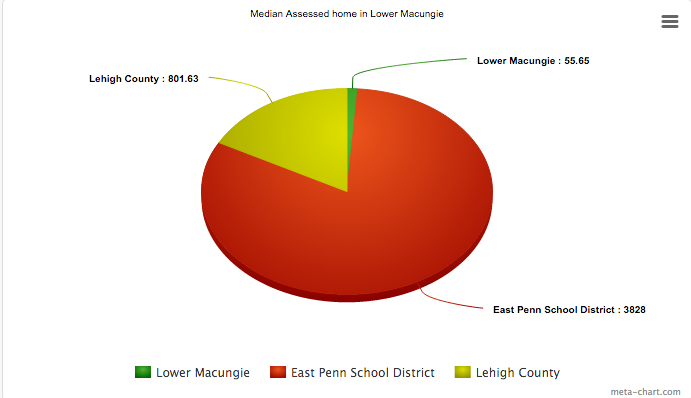HERE IS A LINK TO THE AGENDA WITH DETAIL
All township BOC meetings are available on video online
You can also always watch all our board meetings live on Channel 66 RCN cable.
Here is your agenda preview for the Thursday Aug 4th township meeting. The BOC meetings are the formal business meetings of the elected Board of Commissioners.
Announcements and Presentations:
Fields and Facilities study. LMYA
Lower Macungie Library Expansion. The library is asking the township to commit to co-sponsoring an application to the Commonwealth for a Keystone Grant which would provide 500,000 for towards a library expansion. This would be a matching grant. At this point I have no problem with applying for this with no strings attached. However, I have a number of fundamental questions. For example, what if anything would be the libraries monetary contribution to the expansion project. And secondary I want to see the need justified for the amount of additional square footage being asked for. Which is now 6,500 SF. I do think the expansion is needed. But this represents an increase of 56%.
Holding this capital expenditure request to the same standards established for the turf field I want to see:
1.) Financial Commitment from private entity. In this case Library fundraising.
2.) Demonstrated support from the community. (largely in terms of above)
3.) Demonstrated need.
*The board last night authorized moving forward the application for the grant.
Hearings and Approvals.
Trexler Business Center *This afternoon the item was pulled from tonight’s agenda by the developer. Postponed until 9/1/16.
Not sure what that means at this point. This is the Movie Tavern project. The issue is the developer has asked for a waiver of traffic impact fees. Here was the most recent article on the issue.
I believe the township has two goals here.
1. To be fair with the land developer which I believe we have been since day one. This included crediting the developer with money invested in offsite improvements associated with the projects. This is one reason why the amount publicized in the papers has gone down. We have this obligation to land developers.
2. To utilize every tool at our disposal to make sure improvements associated with new developments mitigate new traffic impact generated. The transportation impact fee is one of the biggest tools we have. We have this obligation to residents.
Although not the ideal form for our Boulevard, I do think the anchor (The Movie Tavern) makes this a good project. The township is not against this project. We just need to make sure the rules are followed.
Communication
Spring Creek Dog Park Petition
A petition was submitted to the township by residents of Spring Ridge Apartments and adjacent neighborhoods. For a number of the months the township publicly debated two locations for the townships first dogpark. Feedback I received mostly indicated that many preferred Spring Creek as a more centralized location. One of the main benefits was immediate walkable proximity to 1000’s of homes since one spine of the proposed greenway trail will pass very closely to the project. (We do need to make sure we develop a safe crossing point)
While the petition comes late in the game, the residents who submitted make valid points. One thing I appreciate having rec’d a number of petitions over the last 2 years is this one includes a number of very good proactive suggestions. While they prefer the park not be built in this location, they do offer ways to improve it. I appreciate that.
One of the drivers of this project has been a resident dog park advocacy group. The leadership of this group has worked very hard to address concerns. They’ve taken ownership of the project which from day one I felt was important.
One item folks should understand up front is this will be controlled access. With the use of a fob system for access, we can limit the park to only approved users who have provided proof of vaccination, licensing, etc. The application will be available at the rec center. If there would be an incident, the fob system would allow us to narrow the potential culprits down to only those using the park at the point in time when the incident occurred.
Aside from the rules and regulations aspect, the committee is also working on an education guide that will be provided to all dog owners describing basics of pet etiquette, safety, prevention techniques in the event of aggressive behavior, etc.
Update – The board saw a presentation by Roger Williams the chairperson of the dog park resident group. He addressed concerns raised by the petition.
Act 4 re-authorization
Act 4 provides a process for freezing the millage on preserved farmland. It’s an incentive for landowners to preserve. The township, school district and Lehigh County has had this in place for the last 10 years. .
Act 4 amended Pennsylvania’s Open Space Lands Act (Act 442 of 1967) to allow counties, school districts and municipalities to reward landowners who have chosen to permanently preserve their land with conservation easements by freezing their property tax millage rates. A conservation easement is a legal tool that is used to protect privately owned properties from future development.
Seeing the magnitude of the school costs resulting from new residential development on greenfields, the Southern Lehigh, East Penn, and Northern Lehigh school boards have all concluded that policies favoring land preservation will produce a long-term benefit for their taxpayers. School districts’ financial projections showed that a millage freeze for preserved properties will have a relatively small fiscal impact for a likely long-term financial benefit.
I support re-authorizing Act 4 keeping this important preservation incentive active.
Update – The board last night tabled this to see where the school district is on re-authorization. I would have preferred just getting our reauthorization complete last night, but there is no harm since we do have to do this until next May.
Planning & Zoning
TRUCK RESTRICTIONS proposed for Spring Creek Rd., Trexlertown Rd.
Last Wednesday the Planning and Zoning Committee which I chair recommended truck restrictions on Trexlertown Rd. and Spring Creek Rd. East of Rt. 100. See map below for details.
This is consistent with restrictions indicated on Upper Macungie’s new truck routing master plan. It’s important we work together on shared corridors. This will be considered by the full board.
*Update full board passed unanimous to request Penndot to conduct a study. Rep. Ryan Mackenzie’s office has been contacted and will be supporting.

